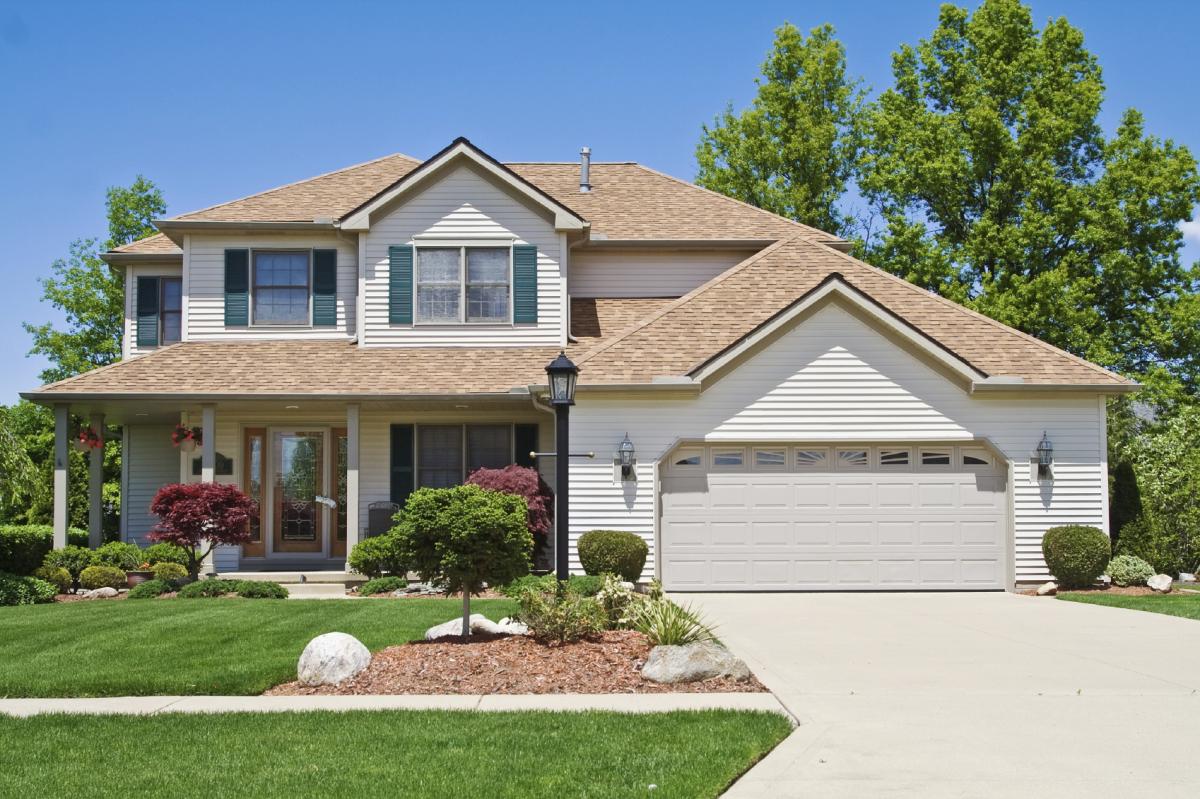No products in the cart.
BPI QCI: How Does It Compare to Other BPI Certifications?
You may have heard that the U.S. Department of Energy and the National Renewable Energy Laboratory have been working with BPI to create new certifications. BPI QCI has been particularly popular, and no, it will not replace any of the existing BPI certifications that we’ve all come to know and love.
The HEP certifications are called Energy Auditor, Quality Control Inspector (QCI), Retrofit Installer Technician, and Crew Leader.
These certifications are different from Building Analyst, Envelope Professional, etc. because they require more energy auditing experience. Most individuals looking to change careers or earn a BPI Certification will pursue Building Analyst, Envelope Professional, or the new Infiltration and Duct Leakage Certification. These entry-level designations are perfectly suitable for someone who wants to become an energy auditor, perform home inspections, earn a marketable certification, and/or add onto their existing business specialty.
Are the Home Energy Professional (HEP) Certifications Entry Level Too?
The Home Energy Professional designations, as they’re called, have more specific (and advanced) intents. You can see from the prerequisite information on BPI’s website that these certifications are meant for experienced energy auditors performing a specific function. In other words, each of the new designations is aligned with a job task analysis.
When developing the Home Energy Professional designations, the Department of Energy identified several key occupations in the home energy upgrade industry. Energy auditor, quality control inspector, retrofit installer technician, and crew leader were the occupations they identified. Then, the DOE worked with NREL and BPI to develop job task analyses for each occupation that outline the knowledge that each of these individuals should have.
What Does a BPI Quality Control Inspector Do?
A Quality Control Inspector (QCI), for example, verifies compliance of retrofit work performed by a general contractor or specialty trade. This individual performs similar diagnostic work to an energy auditor, but instead of diagnosing energy efficiency issues, this person is responsible for making sure that energy-efficient solutions were appropriately implemented. At this advanced level, a QCI uses an assortment of analytical skills, research, and paperwork to confirm work accuracy.
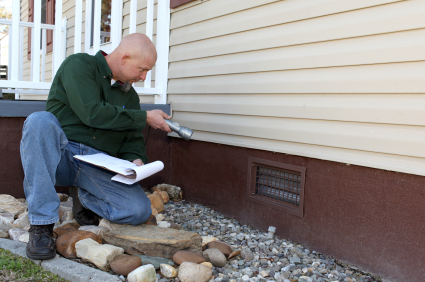 An important thing to remember about BPI QCI is that the Department of Energy is requiring for all Weatherization Assistance Programs (WAP) receiving federal funding to have a BPI QCI on staff. There are WAP agencies all across the country, and each one using federal money to run the program has to employ a BPI QCI auditor. There is great demand for an experienced energy auditor who has pursued the quality control inspector certification. There will also be thousands of projects to verify!
An important thing to remember about BPI QCI is that the Department of Energy is requiring for all Weatherization Assistance Programs (WAP) receiving federal funding to have a BPI QCI on staff. There are WAP agencies all across the country, and each one using federal money to run the program has to employ a BPI QCI auditor. There is great demand for an experienced energy auditor who has pursued the quality control inspector certification. There will also be thousands of projects to verify!
With the introduction of BPI Quality Control Inspector and the other Home Energy Professional designations, it’s clear that the federal government is giving more attention to residential energy efficiency. These new certifications demonstrate support for the home performance industry and the practitioners who are moving the industry forward.
There is certainly a place (and a need) for all the BPI certifications in existence. BPI Building Analysts are still important for diagnosing initial problems in a home. There is still a lot of money to be made in home energy audits across the country. Unlike Building Analyst, which focuses more at the homeowner level, BPI Quality Control Inspectors will be more valuable to WAP agencies receiving government money. There’s room for everyone in the home performance industry!

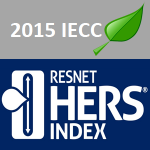 Building codes have also facilitated the rise of RESNET. The International Code Council (ICC) actually
Building codes have also facilitated the rise of RESNET. The International Code Council (ICC) actually 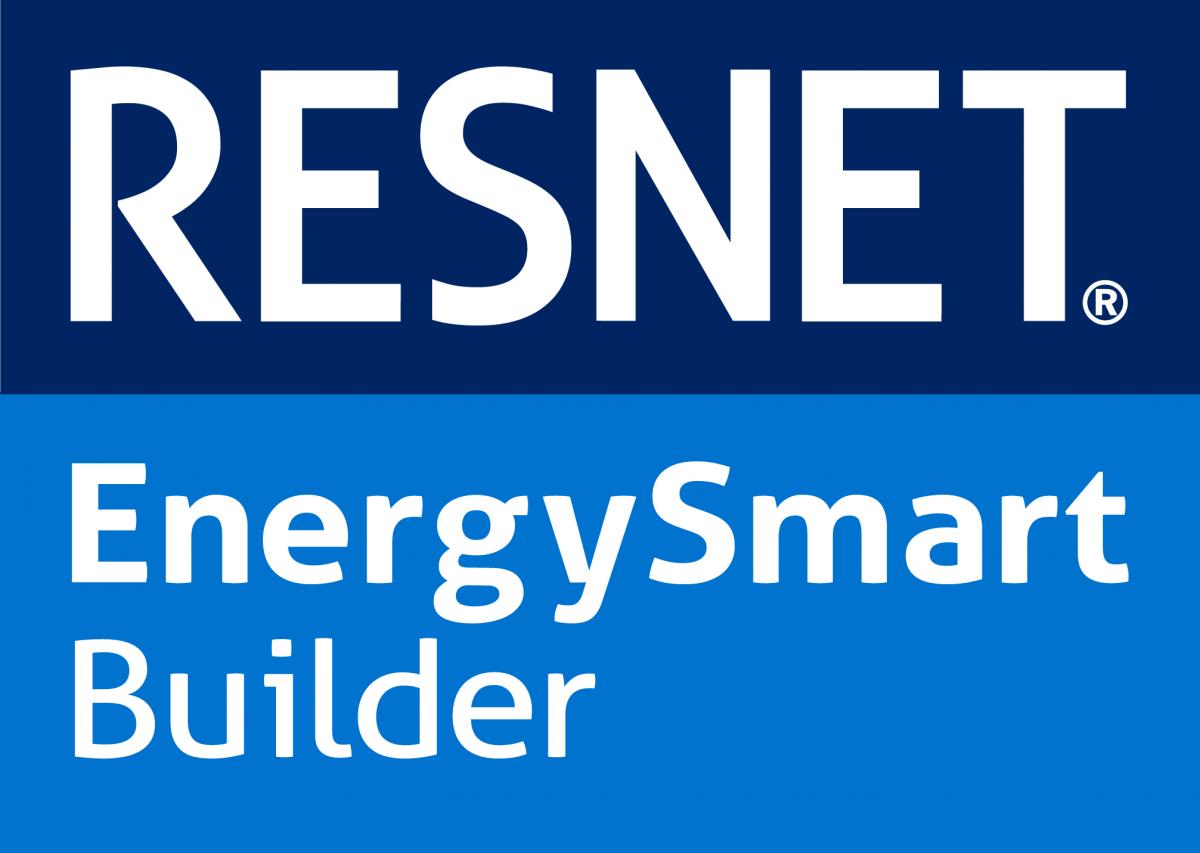 With this in mind, RESNET developed a program called EnergySmart Builders. RESNET EnergySmart Builders have made a commitment to rating all of their homes using the HERS system and then marketing the HERS scores. So far, over 300 homebuilding companies have joined the movement. Some of these companies include Beazer Homes, Centex, KB Home, Lennar, and Ryan Homes.
With this in mind, RESNET developed a program called EnergySmart Builders. RESNET EnergySmart Builders have made a commitment to rating all of their homes using the HERS system and then marketing the HERS scores. So far, over 300 homebuilding companies have joined the movement. Some of these companies include Beazer Homes, Centex, KB Home, Lennar, and Ryan Homes.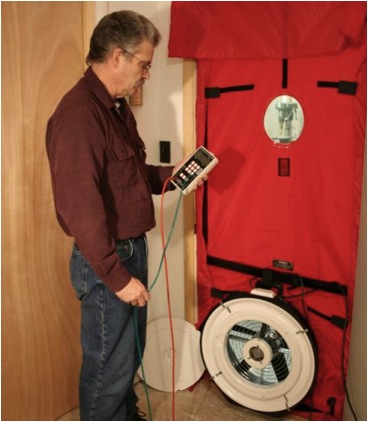 The
The 
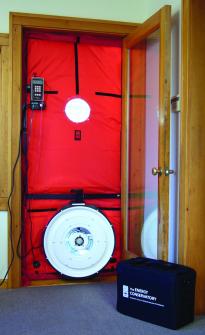 BPI IDL Certification is truly the entry-level skill set for someone looking to become an energy auditor. Not everyone needs to be a full-on BPI Building Analyst with the ability to diagnose and recommend energy efficiency issues in a home. There is a need within energy auditing businesses and HVAC companies to have practitioners go to homes and solely operate blower doors and duct blasters. BPI IDL Certification is a great way to learn how to operate these pieces of equipment and earn yourself a marketable designation!
BPI IDL Certification is truly the entry-level skill set for someone looking to become an energy auditor. Not everyone needs to be a full-on BPI Building Analyst with the ability to diagnose and recommend energy efficiency issues in a home. There is a need within energy auditing businesses and HVAC companies to have practitioners go to homes and solely operate blower doors and duct blasters. BPI IDL Certification is a great way to learn how to operate these pieces of equipment and earn yourself a marketable designation!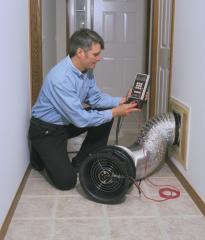 Although BPI Building Analyst contains knowledge about blower door already, no other BPI Certification (until now) has fully addressed duct blaster. This has been a highly sought-after skill set, and we’re excited to see BPI filling that gap.
Although BPI Building Analyst contains knowledge about blower door already, no other BPI Certification (until now) has fully addressed duct blaster. This has been a highly sought-after skill set, and we’re excited to see BPI filling that gap.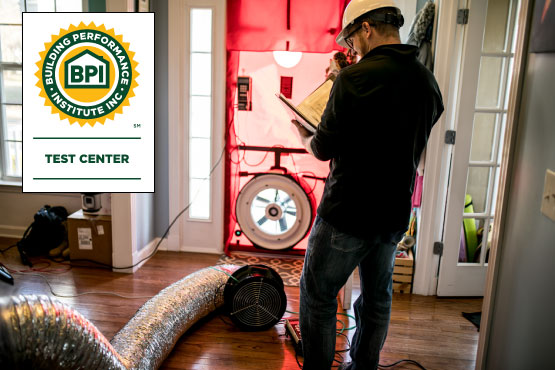

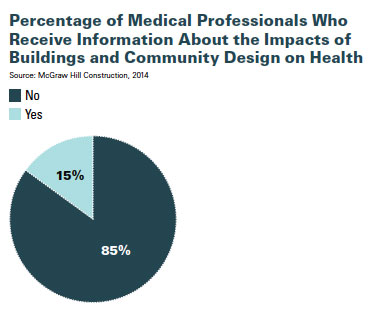
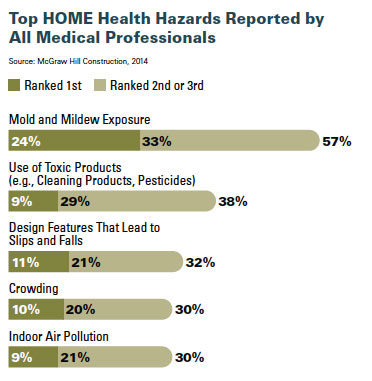
 Throughout the LEED exam appointment experience, I was supremely satisfied and impressed by the professionalism shown at my local Prometric Testing Center. No wonder the Green Building Certification Institute chose to administer its LEED Accreditation exams in conjunction with these facilities. Utilizing Prometric seems like the best way to standardize the delivery of the exam around the world. This discipline supports and contributes to the fact that earning a LEED credential is a highly respectable achievement. It was all around a satisfying experience, and I’m actually looking forward to taking my next LEED exam!
Throughout the LEED exam appointment experience, I was supremely satisfied and impressed by the professionalism shown at my local Prometric Testing Center. No wonder the Green Building Certification Institute chose to administer its LEED Accreditation exams in conjunction with these facilities. Utilizing Prometric seems like the best way to standardize the delivery of the exam around the world. This discipline supports and contributes to the fact that earning a LEED credential is a highly respectable achievement. It was all around a satisfying experience, and I’m actually looking forward to taking my next LEED exam!



 The updated standards provide the basis for ensuring that work is being performed according to a uniform set of guidelines and to ensure that candidates not only have the ability to do the right thing but to enforce that they do. When it comes to BPI Certification, we’re talking about the health and safety of fellow man, so it’s important that energy auditors follow the same set of procedures every time they’re out on the job.
The updated standards provide the basis for ensuring that work is being performed according to a uniform set of guidelines and to ensure that candidates not only have the ability to do the right thing but to enforce that they do. When it comes to BPI Certification, we’re talking about the health and safety of fellow man, so it’s important that energy auditors follow the same set of procedures every time they’re out on the job.
